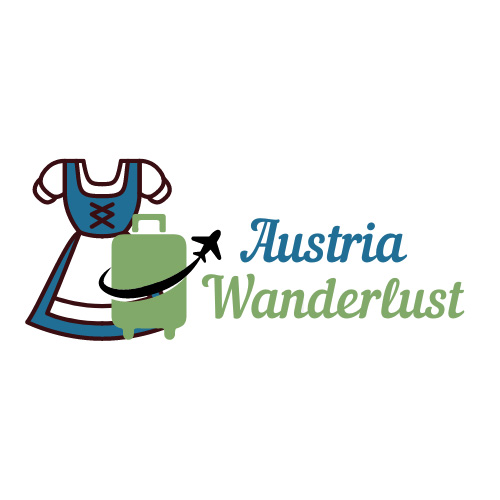Hiking in Austria: A Beginner’s Guide
Hiking in Austria is more than just a pastime—it’s a national passion.
With over 65% of the country nestled above 500 meters (1,640 feet), Austria offers some of the most accessible and scenic mountain trails in Europe.
From gentle valley walks to challenging alpine treks, hiking in the Austrian Alps suits every fitness level and age group.
As someone who lives in the heart of the Alps and regularly explores local trails, I’ve experienced firsthand the beauty of Austria’s hiking regions.
Some of my favourite summer memories are from early morning hikes in my home region, Zell am See-Kaprun. There’s nothing quite like watching the snow-capped peaks reflected off the waters of Lake Zell, with panoramic mountain views stretching as far as the eye can see. Along many trails, you’ll find traditional alpine huts (known as Alms) where you can stop for a drink, a hearty lunch, or a homemade snack. Alternatively, pack a picnic—there are countless quiet spots where you can relax, take in the fresh mountain air, and enjoy the peaceful alpine scenery away from the crowds.
This beginner’s guide will help you confidently plan your first hiking adventure in Austria.
Contents
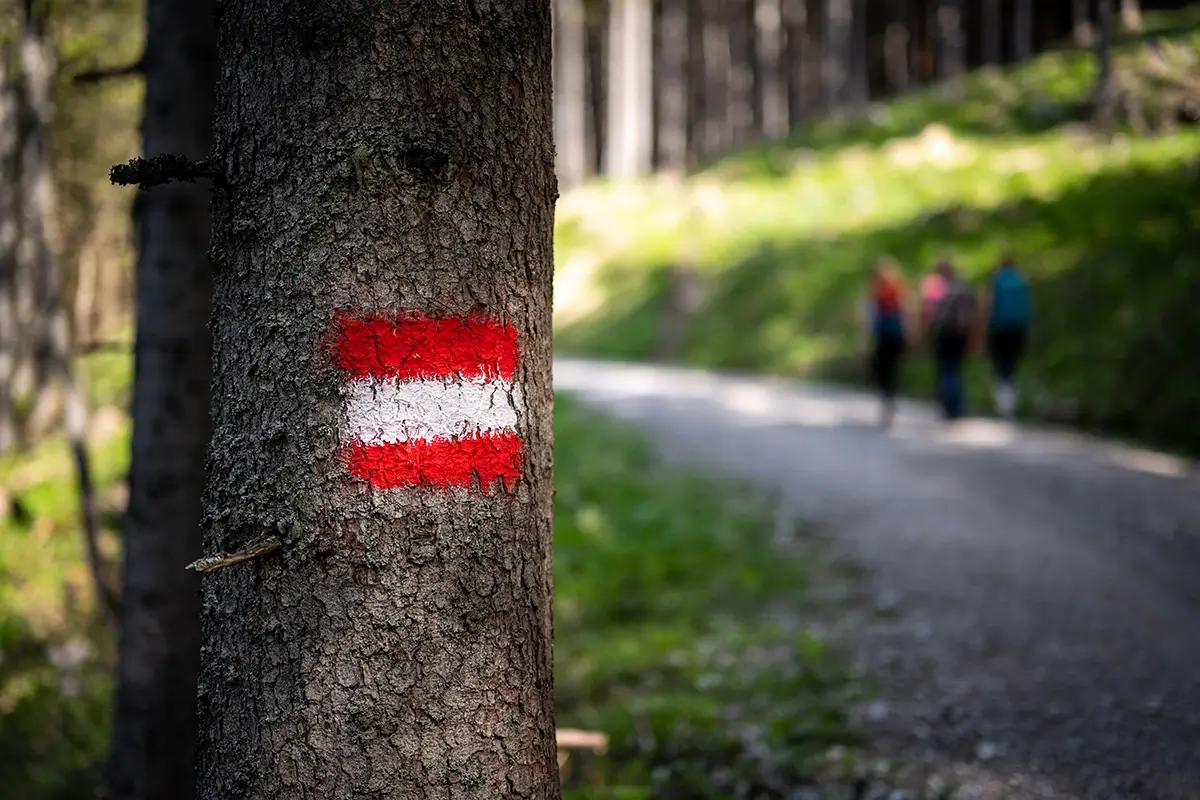
Hi, I’m Tammy — founder of Wanderlustria, the Austria Wanderlust Travel Planning website, and the Austria Travel Planning Facebook group. Based in Zell am See-Kaprun, I live and breathe Austria, exploring its mountain trails, charming towns, and hidden alpine gems year-round. My goal is to help travelers experience the true beauty of Austria with insider tips, local insights, and practical guidance—starting with your first hike!
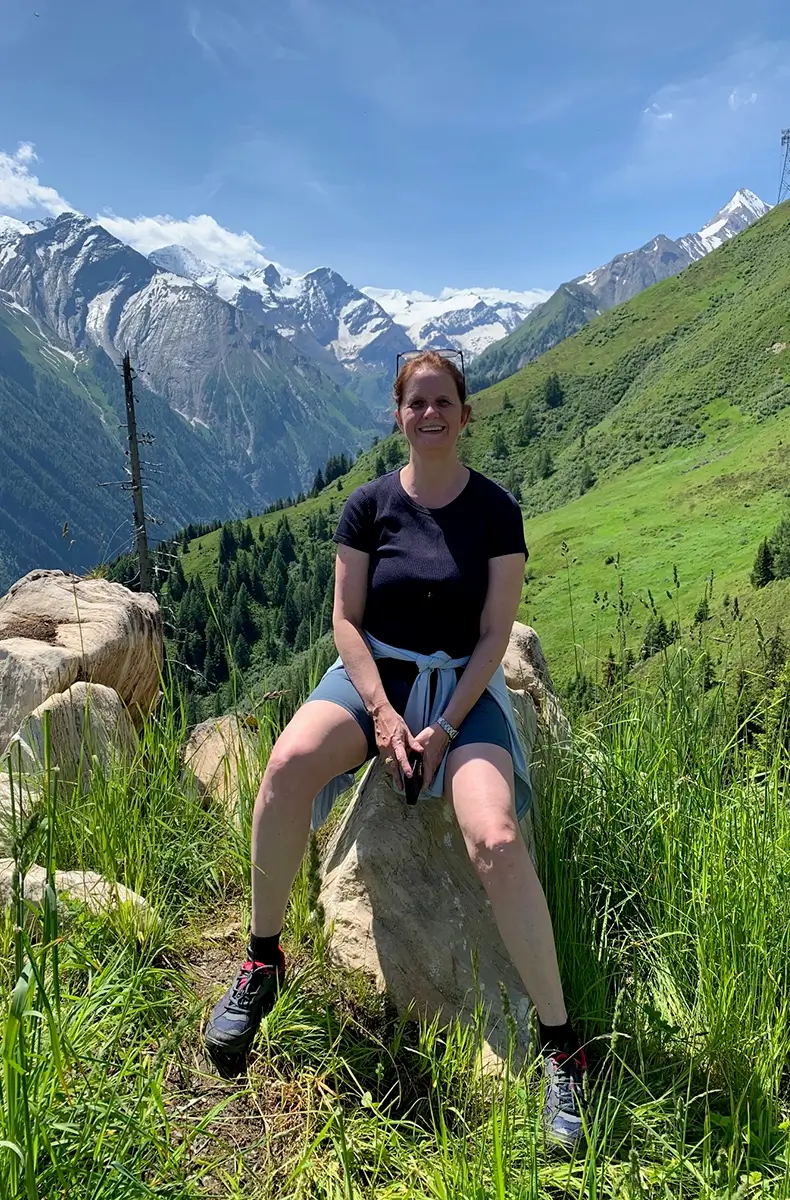
When to go Hiking in Austria
Austria’s primary hiking season runs from mid-May to mid-October, depending on the weather and altitude.
The best time for hiking in Austria is typically between mid-June and September, when the trails are clear, the weather is stable, and alpine meadows are in full bloom.
Many popular hiking routes—especially those in higher elevations—are accessed by cable cars or gondolas. These usually operate from late May to mid-October, but exact opening and closing dates can vary by region and weather conditions. Always check the cable cars/gondolas’ official website of for the most current information, including last descent times, so you don’t miss the ride down!
While some lower-altitude trails may be accessible in winter, most alpine hiking routes are closed or unsafe due to snow and ice during the colder months.
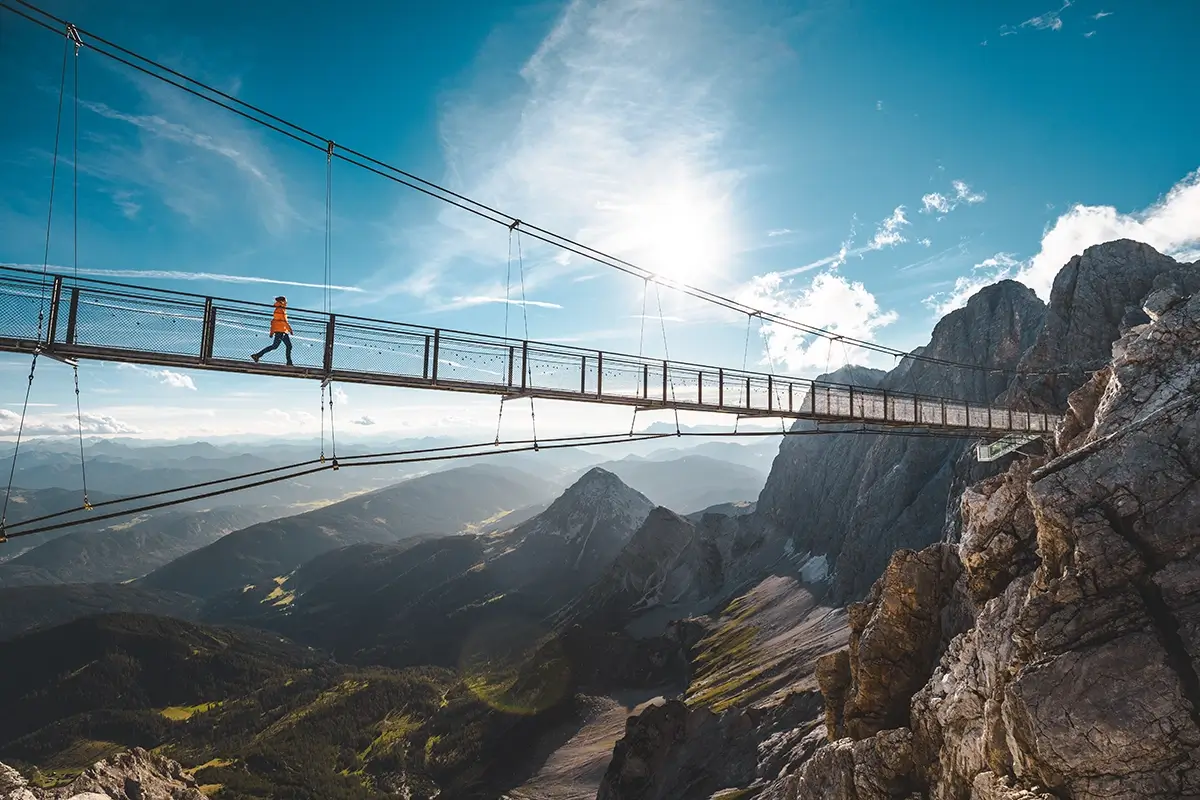
Dachstein Suspension Bridge on the way to the the Stairway to Nothingness (Treppe ins Nichts) © Schladming-Dachstein-Gartner Mathäus
Weather Hiking in Austria
Summer weather in Austria can vary greatly depending on elevation.
In the valleys, daytime temperatures typically range from 20°C to 30°C, though heatwaves can push them even higher.
As you gain altitude, the air becomes cooler—most alpine trails sit comfortably above 20°C on sunny days. However, temperatures can drop significantly at elevations above 3,000 meters or near glaciers, sometimes hovering around 5°C, even in mid-summer.
So, ensuring you are dressed appropriately for the weather is essential.
One of the most important things to know about hiking in the Austrian mountains is how quickly the weather can change.
Even on a clear morning, clouds, wind, and sudden afternoon storms can roll in quickly, especially during hot summer days. These storms can be intense and dangerous if caught unprepared at higher elevations.
To stay safe, always check the local mountain weather forecast before heading out and plan your route accordingly. And it is without saying to follow expert advice when you are on the mountain.
The BergFex App is a highly recommended resource. It provides detailed, region-specific forecasts tailored to outdoor activities in the Alps.
Mountain Safety: Staying Safe While Hiking in Austria
Hiking in Austria is incredibly rewarding, but mountain environments can be unpredictable, so safety should always be a top priority, especially for beginners.
• Know your limits:
Choose trails that match your fitness level and experience.
Some routes involve steep ascents, narrow paths, or rocky terrain that may require proper hiking boots or even specialised gear.
If unsure, start with easier, well-marked trails and gradually work your way up. See the explanation for the Austria Hike Skill level below.
• Check the trail conditions:
Before you head out, review up-to-date trail information.
Every regional tourism office—and apps like Bergfex—provide detailed maps, trail statuses, and difficulty ratings.
Conditions can change quickly due to weather, snowmelt, or maintenance work.
• Never hike alone:
Hiking with at least one companion is safest.
If you do go solo, always inform someone—your hotel, a friend, or a family member—of your planned route and expected return time.
• Stick to marked trails:
Austria has a well-maintained system of clearly signposted hiking routes.
These are regularly monitored for safety and are your best option as a beginner.
Venturing off-trail can lead to rugged terrain and the possibility of getting lost.
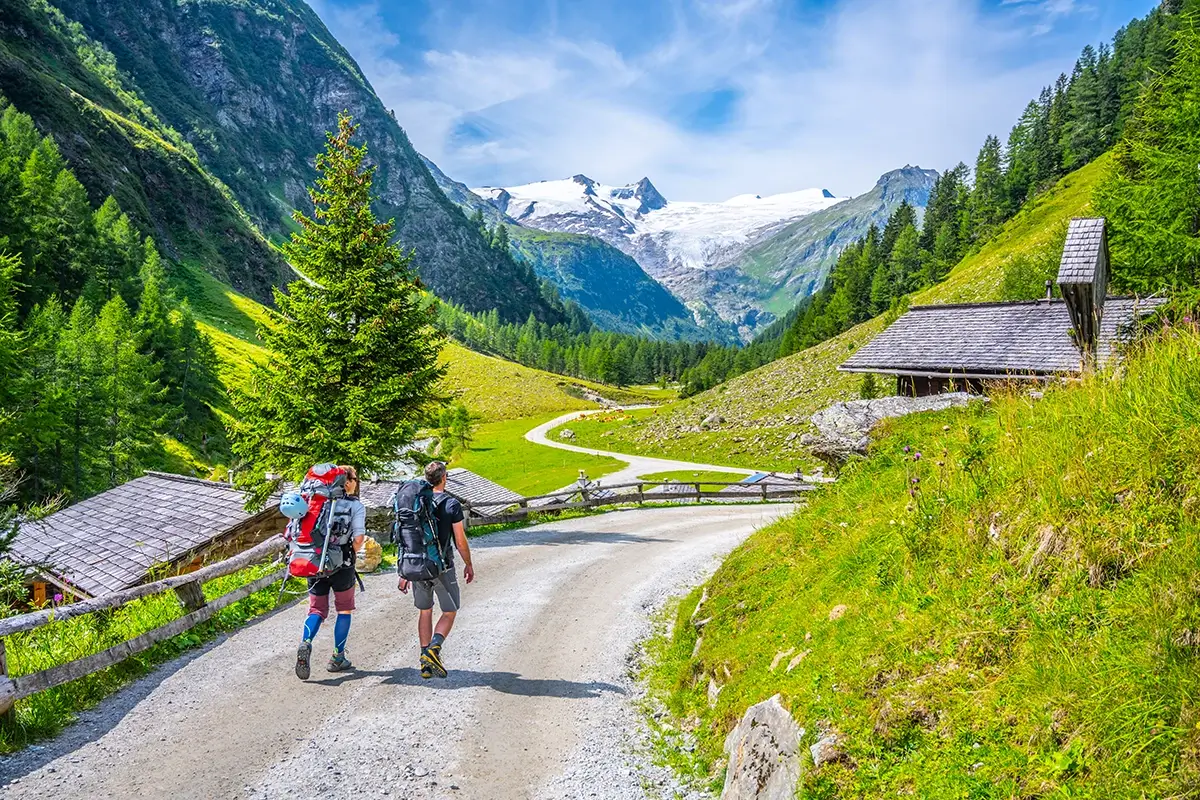
• Consider a mountain guide:
If you’re keen to explore more remote or challenging areas, it’s strongly recommended that you go with a certified mountain guide.
Most Austrian hiking regions offer guided tours, which can be booked through local tourism websites.
• Prepare for emergencies: Carry a fully charged phone and download offline trail maps in advance if possible. In an emergency, you can reach the Austrian mountain rescue at 112 or 140. A basic first-aid kit and a lightweight emergency blanket are also good items to have in your backpack.
Being well-prepared and informed not only keeps you safe but also makes your hiking experience more enjoyable and stress-free
Top Tip
Why Mountain Insurance Matters
Accidents can happen to anyone in the mountains — even on an easy trail.
Sudden weather changes, minor injuries like a sprained ankle, or unexpected illness can leave you needing assistance.
And if a helicopter rescue is required, costs can easily exceed €5,000.
We strongly recommend joining Alpenverein Österreich (Austrian Alpine Club). Membership includes worldwide mountain rescue insurance, including helicopter evacuation. Annual membership costs around €69 for adults, with discounted rates for children, youths, and families.
As a bonus, members also enjoy:
-
Discounts on overnight stays in alpine huts
-
Access to mountaineering courses, guided tours, and events
-
Use of detailed trail maps and planning tools
Skill Level & Trail Difficulty for Hiking in Austria
No matter your experience, there are hikes in Austria that suit your level.
Every resort and region offers many hiking options—from easy, family-friendly paths (some are even pram/stroller-accessible) to demanding multi-day ascents for seasoned hikers.
Keep in mind that many Austrian trails are mountain-based, which means even shorter hikes can feel more strenuous than what you might be used to at lower elevations.
To help you choose the right route, hiking trails in Austria are colour-coded by difficulty:
• Red Trails: Moderate difficulty. These are marked hiking trails suitable for most reasonably fit hikers.
• Black Trails: Difficult. These are more challenging and may include steeper terrain or exposed sections.
• Alpine Route Trails: For experienced hikers only. These high-alpine routes can be dangerous, often requiring technical skills, proper equipment, and good weather conditions.
⇒ Consider the duration of the hike, not just the difficulty rating. A 4–6 hour hike will demand significantly more stamina, pacing, and planning than a short 1–2 hour walk.
⇒ In addition to trail length and difficulty, pay close attention to altitude changes.
A relatively short hike with a steep ascent can be far more challenging than a longer, flatter route.
Austria’s mountain trails often include significant elevation gain, and your stamina can be affected if you’re not used to hiking at higher altitudes. Always check the total elevation gain/loss listed for a trail to ensure it matches your fitness and comfort level.
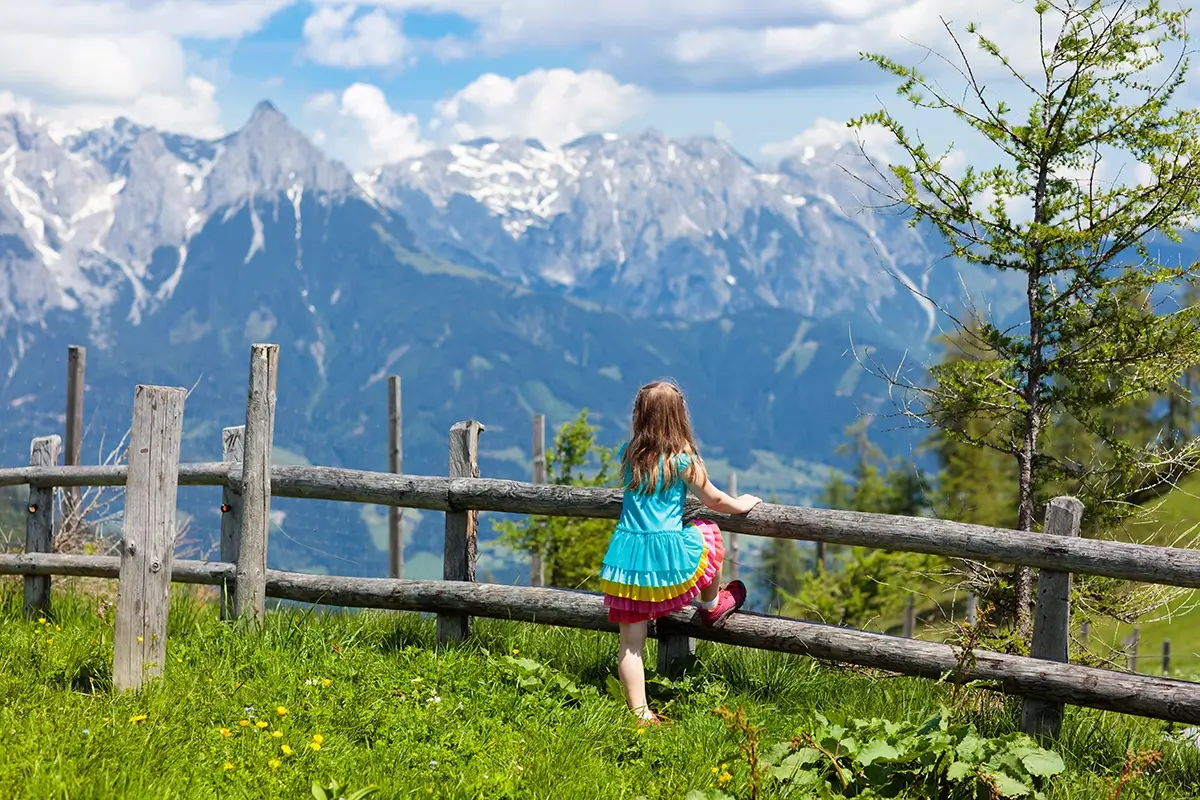
Be honest about your fitness level, and choose routes matching your experience and energy for the day — you’ll enjoy the hike and finish feeling accomplished, not exhausted.
Hiking Websites and Apps
The best way to determine which hiking trails suit your skill level is to search on one of these recommended Hiking Websites/Apps.
These websites/Apps provide detailed hiking trail descriptions, difficulty level, duration of hike and altitude ascents and descents.
Alpenvereinaktiv
Alpenvereinaktiv Website and App (iOS/Android)
Developed by the Austrian Alpine Club (who also manage Alpine huts, trails, provide education and provide insurance), it is widely respected by locals for its reliablitiy.
Bergfex
Bergfex Website + App (iOS/Android)
Bergfex is well-known in Austria and used by locals. It covers hiking, biking and skiing with trail length, time, difficulty, altitude profile, and weather forecasts.
Komoot
Kamoot Website + App (iOS/Android)
Kamoot provides interactive maps, route difficulty and user tips. Offline maps are also available.
Local Tourism Websites
Most of the Austrian local tourism websites also have extensive information about hiking trails, including maps and the level of difficulty. The local tourism website is also the best source for which mountain alms (restaurants) are available.
Where to Hike in Austria
The answer is almost everywhere in Austria. Hiking and walking in the mountains are among Austria’s favourite summer pastimes.
Austria is a hiker’s paradise, offering a variety of landscapes and trails suited to all levels of ability.
We have compiled the Top 10 Hiking Destinations in Austria– make sure you read our list.
For beginners and families, regions like Wachau Valley, Salzkammergut, and Seefeld provide scenic, easy hikes with gentle climbs and breathtaking views of lakes, rivers, and alpine meadows.
The Zell am See-Kaprun area also offers family-friendly walks alongside the picturesque Zeller See, with options for glacier hikes.
If you are looking for a lovely family-friendly trail, with epic views that also visits beautiful mountain alms- READ our Kaprun Maiskogel Hut Path Guide.
The Zillertal Alps, Hochkönig, and Wildkaiser have more rugged terrain, steep ascents, and high-altitude challenges, with trails like the Hochkönig Circuit and Wildkaiser Trail perfect for experienced hikers.
If you are seeking a mix of hiking difficulty levels, regions like the Kitzbühel Alps, Gesäuse National Park, and Schladming-Dachstein offer a range of trails, from family-friendly lakeside paths to alpine treks with panoramic mountain views.

View from Maiskogel to Kitzsteinhorn in Kaprun with view of the Alexander Enzinger Hiking Trail.
The Hohe Tauern National Park, Venediger Mountains, and Lienzer Dolomiten cater to expert hikers looking for remote, glacier-filled landscapes.
No matter your experience, Austria’s diverse hiking regions—from gentle strolls through valleys to challenging climbs up towering peaks—that promise stunning scenery and unforgettable outdoor experiences.
Plan your Austrian Holiday
Follow AustriaTravelPlanning by Wanderlustria
SAVE this PIN so you can read later
Chief Wanderlust’er and Austria travel expert, I’m on a mission to help you uncover the magic of Austria — from fairytale cities and alpine villages to awe-inspiring landscapes and rich cultural traditions.
As the founder of Austria Wanderlust Travel Planning, the Austria Travel Planning Facebook Group, and director of Wanderlustria eU, I provide trusted tips, local insights, and curated resources to make your Austrian adventure seamless, authentic, and unforgettable.
